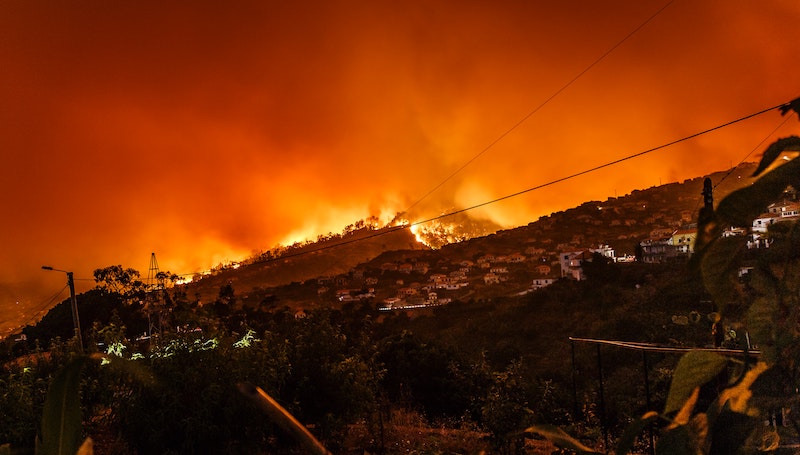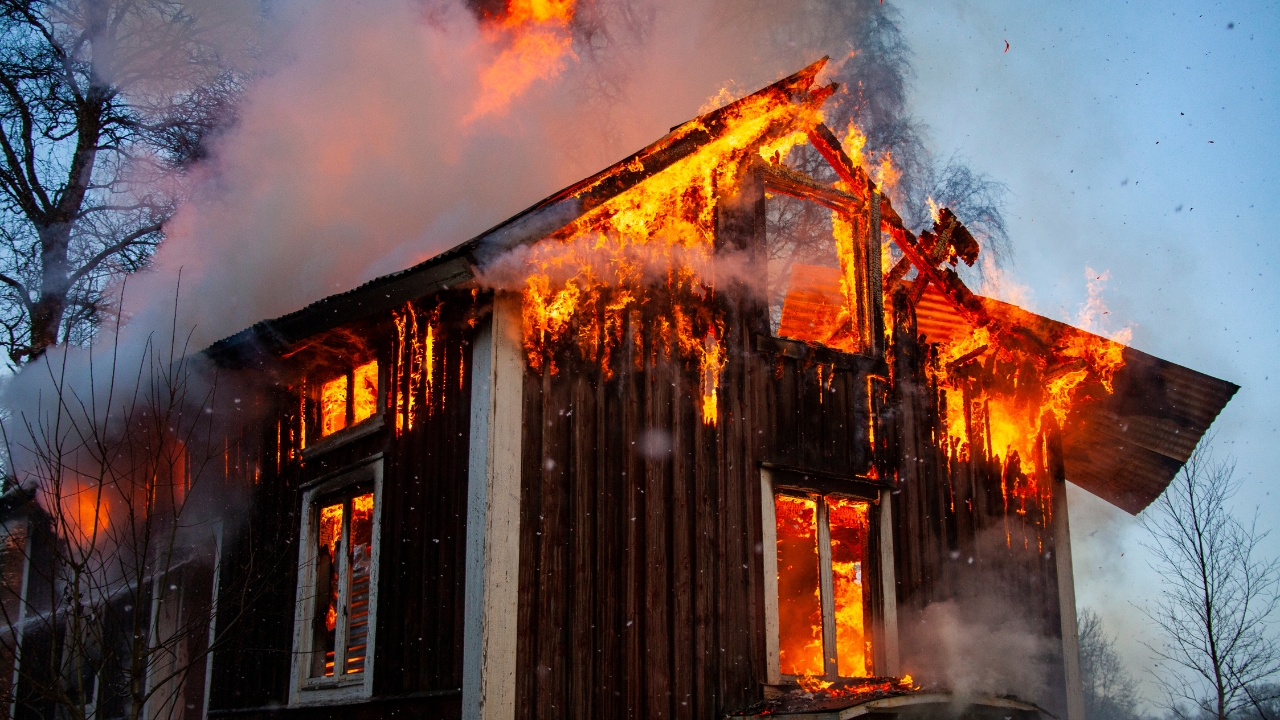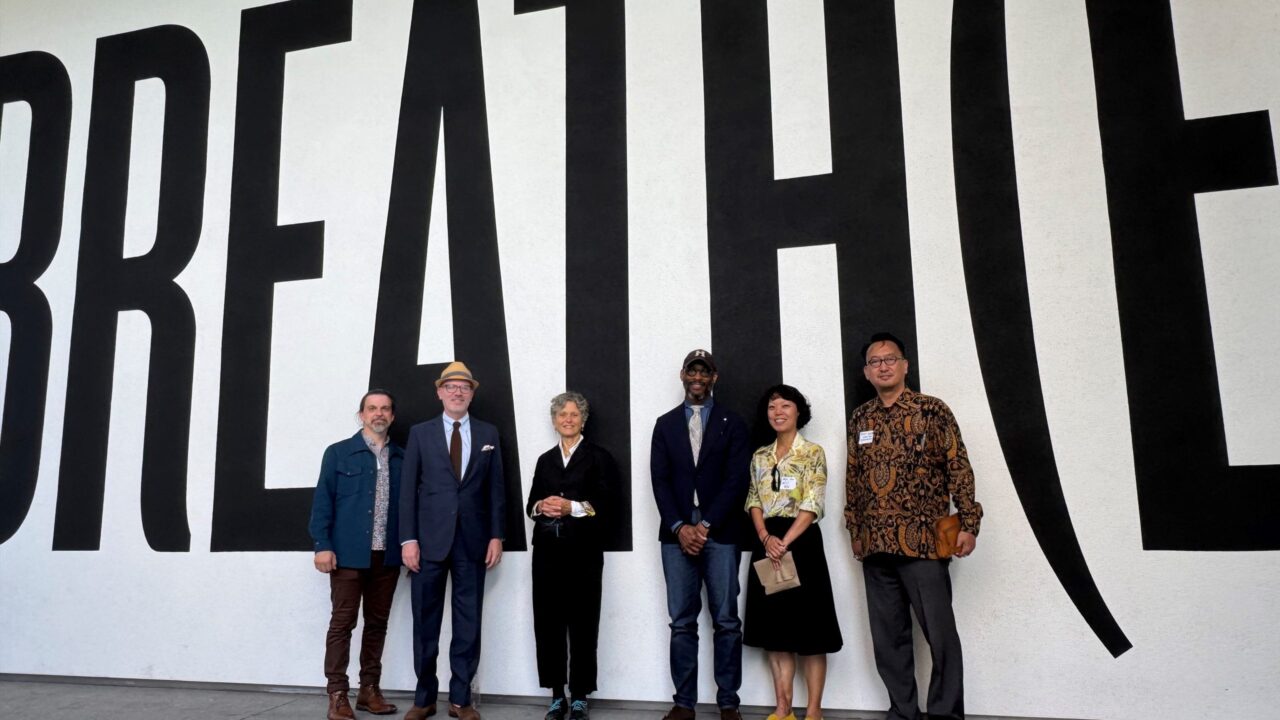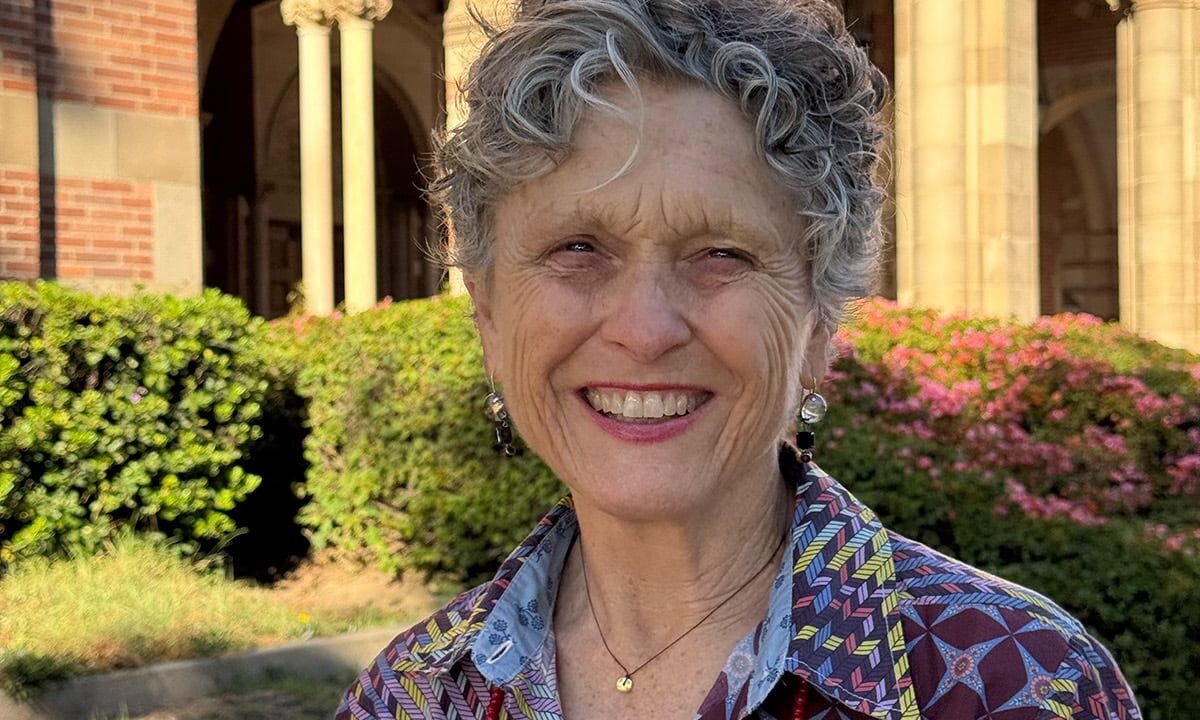
We Need to Take Better Care of Our Forests – Dr. Pincetl in Esquire
The area encompassing both Southern California and Baja in Mexico have what’s known as chaparral ecosystems: dry soil, hot weather, and short shrubs. But these two regions’ fire lives have played out very differently. “Right across the border, there are very similar chaparral ecosystems,” Pincetl said, but “that chaparral has not had the benefit of fire suppression, because the Mexicans simply can’t afford it. And it continues to exhibit this low intensity fire pattern, which does not kill the chaparral, but there are unsuppressed fires that occur on a relatively regular basis. And people don’t die. The houses aren’t burned. There’s not huge conflagrations. So how do we get back to that kind of chaparral, is the question.”
Since the earliest days of the U.S. Forest Service, our wildfire strategies have focused on suppression. “Gifford Pinchot, the founder of the Forest Service, went to Europe and learned about forest management practices,” says Stephanie Pincetl, founding director of the California Center for Sustainable Communities at UCLA, “and he brought over this idea that the best forest is the forest that doesn’t burn naturally.” But the forests do need to burn. It prevents overgrowth and clears out decaying trees (making more space and leaving more sunlight for healthy ones) and even spurs the reproduction of some species in the ecosystem. In that model, smaller and moderately severe fires burn at regular intervals. Instead, we’ve got forests that are thick with flammable material. Combined with changing climate conditions, this has helped to create huge–and hugely destructive–fires.



